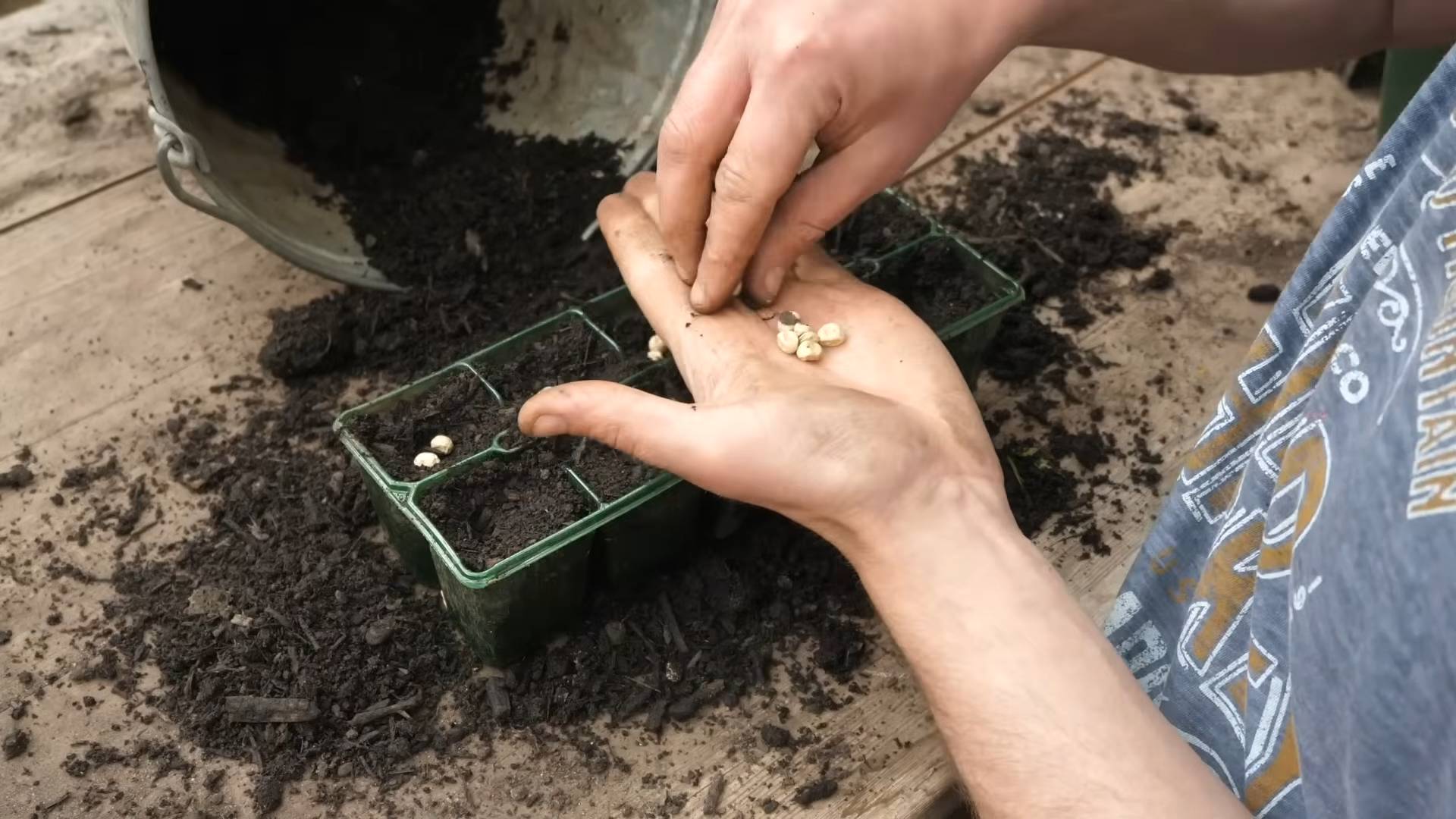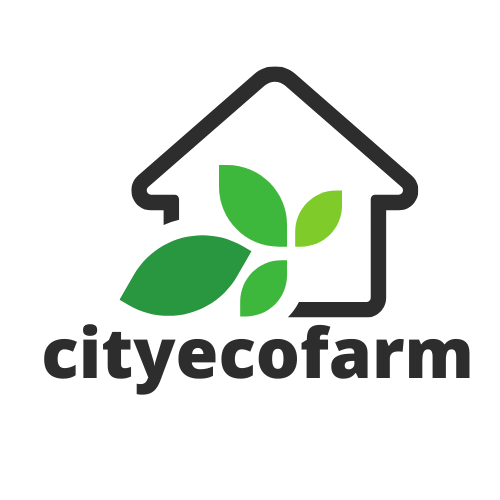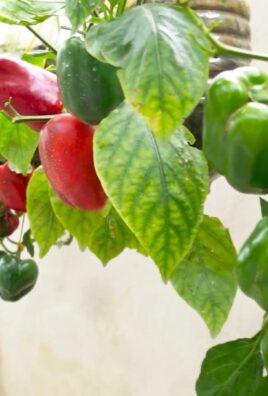Growing Peas at Home can be incredibly rewarding, offering a taste of fresh, homegrown goodness right from your backyard! Imagine plucking sweet, crisp peas straight from the vine – a far cry from the frozen variety you find in the supermarket. But did you know that cultivating these little green gems has a history stretching back thousands of years? Evidence suggests peas were enjoyed as early as the Neolithic period, evolving from a wild plant into the delicious vegetable we know and love today.
For centuries, peas have been a staple in diets worldwide, and now, you can easily bring this tradition to your own home garden. I’m here to share some simple yet effective DIY tricks and hacks that will transform your pea-growing experience. Whether you’re a seasoned gardener or just starting out, these tips will help you maximize your yield and minimize common problems.
Why do you need these DIY tricks? Well, growing peas at home isn’t always as straightforward as it seems. From choosing the right variety to dealing with pests and providing adequate support, there are a few potential pitfalls. But fear not! With a little know-how and some clever DIY solutions, you can overcome these challenges and enjoy a bountiful harvest of delicious, homegrown peas. Let’s dive in and unlock the secrets to successful pea cultivation!

Growing Peas at Home: A Beginner’s Guide to Sweet Success
Hey there, fellow garden enthusiasts! I’m so excited to share my experience with growing peas at home. It’s honestly one of the most rewarding things you can do in your garden. Fresh, sweet peas straight from the vine? Yes, please! This guide will walk you through everything you need to know, from choosing the right variety to harvesting your delicious crop. Let’s get started!
Choosing Your Pea Variety
Before you even think about planting, you need to decide what kind of peas you want to grow. There are three main types:
* Shelling Peas (English Peas): These are the classic peas where you remove the pods and just eat the peas inside. They’re super sweet and perfect for eating fresh, freezing, or using in recipes.
* Snap Peas: These are my personal favorite! You eat the whole pod, and they have a satisfying crunch and a sweet flavor. They’re great for snacking, stir-fries, and salads.
* Snow Peas: These have flat pods with small peas inside. You eat the whole pod, and they’re often used in Asian cuisine.
Consider your climate and growing space when choosing a variety. Some varieties are more heat-tolerant than others, and some are bush types that don’t need support, while others are vining types that require a trellis.
Preparing Your Garden Bed
Peas thrive in well-drained soil that’s rich in organic matter. Here’s how I prepare my garden bed:
1. Choose a Sunny Spot: Peas need at least 6 hours of sunlight per day.
2. Test Your Soil: A soil test will tell you the pH level and nutrient content of your soil. Peas prefer a slightly acidic to neutral pH (around 6.0 to 7.0). You can get a soil test kit at most garden centers.
3. Amend the Soil: Based on your soil test results, amend the soil with compost, aged manure, or other organic matter. This will improve drainage, fertility, and water retention. I usually add a generous layer of compost to my pea beds.
4. Loosen the Soil: Use a garden fork or tiller to loosen the soil to a depth of at least 12 inches. This will allow the pea roots to penetrate easily.
5. Remove Rocks and Debris: Clear the area of any rocks, weeds, or other debris.
Planting Your Pea Seeds
Peas are a cool-season crop, so you’ll want to plant them in early spring or late winter, as soon as the soil is workable. You can also plant them in the fall in areas with mild winters.
1. Soak the Seeds (Optional): Some gardeners like to soak their pea seeds in water for 12-24 hours before planting. This can help speed up germination. I usually skip this step, but it’s worth a try if you’re having trouble getting your seeds to sprout.
2. Create Furrows: Use a hoe or trowel to create furrows in the soil about 1 inch deep and 2 inches wide. Space the furrows about 2-3 feet apart.
3. Sow the Seeds: Sow the pea seeds about 1 inch apart in the furrows.
4. Cover the Seeds: Gently cover the seeds with soil and pat it down lightly.
5. Water Thoroughly: Water the area thoroughly after planting. Keep the soil moist but not soggy until the seeds germinate.
Providing Support for Your Peas
Most pea varieties are vining types, which means they need support to climb. This helps keep the peas off the ground, improves air circulation, and makes harvesting easier.
* Trellis: A trellis is a great option for supporting peas. You can buy a pre-made trellis or build your own using wood, bamboo, or wire mesh.
* Netting: Garden netting is another easy and affordable option. Simply stretch the netting between two posts or stakes.
* Pea Brush: This is a traditional method of supporting peas using branches from trees or shrubs. Stick the branches into the ground near the pea plants, and they will climb up them.
* DIY Supports: Get creative! You can use anything from old ladders to repurposed tomato cages to support your peas.
1. Install Support: Install your chosen support system shortly after planting the pea seeds. This will give the pea plants something to climb as they grow.
2. Guide the Vines: As the pea plants grow, gently guide the vines onto the support. They will eventually start to cling on their own.
Caring for Your Pea Plants
Peas are relatively easy to care for, but there are a few things you can do to help them thrive.
1. Water Regularly: Peas need consistent moisture, especially during flowering and pod development. Water deeply whenever the soil feels dry to the touch.
2. Fertilize (Optional): Peas are legumes, which means they can fix nitrogen from the air. However, you can give them a boost by fertilizing them with a balanced fertilizer or compost tea. I usually fertilize my peas once or twice during the growing season.
3. Weed Regularly: Keep the area around your pea plants free of weeds. Weeds can compete with the peas for nutrients and water.
4. Protect from Pests: Peas can be susceptible to pests such as aphids, pea weevils, and slugs. Inspect your plants regularly and take action if you see any signs of pests. You can use insecticidal soap, diatomaceous earth, or other organic pest control methods.
5. Protect from Diseases: Peas can also be affected by diseases such as powdery mildew and root rot. To prevent diseases, make sure your plants have good air circulation and avoid overwatering.
Harvesting Your Peas
The best part of growing peas is harvesting them! The timing of the harvest depends on the type of peas you’re growing.
* Shelling Peas: Harvest when the pods are plump and full, but still tender. The peas inside should be well-formed but not too hard.
* Snap Peas: Harvest when the pods are plump and the peas inside are just starting to develop. The pods should be crisp and tender.
* Snow Peas: Harvest when the pods are flat and the peas inside are small. The pods should be tender and translucent.
1. Check Regularly: Start checking your pea plants for ripe pods about 60-70 days after planting.
2. Harvest Gently: Use your fingers or scissors to gently harvest the pods. Be careful not to damage the plants.
3. Harvest Frequently: Harvest your peas frequently to encourage continued production. The more you harvest, the more peas the plants will produce.
4. Enjoy Fresh: Eat your peas fresh from the garden for the best flavor. You can also freeze them for later use.
Troubleshooting Common Pea Problems
Even with the best care, you might encounter some problems when growing peas. Here are a few common issues and how to deal with them:
* Poor Germination: If your pea seeds aren’t germinating, it could be due to cold soil, poor drainage, or old seeds. Make sure the soil is warm enough (at least 40°F) and well-drained. Use fresh seeds for the best results.
* Yellowing Leaves: Yellowing leaves can be a sign of nutrient deficiency, overwatering, or disease. Check the soil pH and nutrient levels. Make sure the plants have good drainage and are not being overwatered.
* Powdery Mildew: Powdery mildew is a fungal disease that can cause a white, powdery coating on the leaves. To prevent powdery mildew, make sure your plants have good air circulation and avoid overhead watering. You can also treat powdery mildew with a fungicide.
* Aphids: Aphids are small, sap-sucking insects that can weaken pea plants. You can control aphids with insecticidal soap, neem oil, or by introducing beneficial insects such as ladybugs.
* Pea Weevils: Pea weevils are small beetles that lay their eggs in pea pods. The larvae then feed on the peas inside. To control pea weevils, you can use row covers to protect your plants or spray them with an insecticide.
Extending Your Pea Season
Want to enjoy fresh peas for longer? Here are a few tips for extending your pea season:
* Succession Planting: Plant new pea seeds every 2-3 weeks to have a continuous harvest.
* Choose Heat-Tolerant Varieties: Some pea varieties are more heat-tolerant than others. Choose these varieties for planting in warmer weather.
* Provide Shade: In hot weather, provide shade for your pea plants to help them stay cool. You can use shade cloth or plant them near taller plants that will provide some shade.
* Fall Planting: In areas with mild winters, you can plant peas in the fall for a winter or

Conclusion
So, there you have it! Growing peas at home is not only achievable, but it’s also incredibly rewarding. From the vibrant green shoots emerging from the soil to the sweet, satisfying snap of a freshly picked pod, the entire process is a testament to the magic of home gardening. Forget those bland, store-bought peas that lack that garden-fresh burst of flavor. With a little planning and effort, you can enjoy a continuous supply of delicious, homegrown peas right from your own backyard (or balcony!).
This DIY trick – because let’s face it, it’s more of a simple, time-tested method than a complicated procedure – is a must-try for several reasons. First and foremost, the taste difference is undeniable. Homegrown peas are sweeter, more tender, and bursting with flavor that you simply can’t find in commercially grown varieties. Secondly, you have complete control over the growing process. You can choose organic methods, avoid harmful pesticides, and ensure that your peas are grown in the healthiest possible environment. Thirdly, it’s a fantastic way to connect with nature and enjoy the therapeutic benefits of gardening. There’s something incredibly satisfying about nurturing a plant from seed to harvest.
But don’t stop there! Experiment with different varieties of peas to find your favorites. Try shelling peas, snow peas, or snap peas. Each offers a unique flavor and texture. Consider succession planting to extend your harvest season. Plant a new batch of seeds every few weeks to ensure a continuous supply of fresh peas throughout the spring and early summer. You can also explore companion planting. Peas thrive alongside carrots, radishes, and cucumbers, so consider incorporating these into your garden plan. For those with limited space, growing peas vertically on a trellis or fence is an excellent option. This not only saves space but also makes harvesting easier.
Growing peas at home is a truly enriching experience. It’s a chance to connect with nature, enjoy fresh, delicious produce, and learn new skills. So, grab some seeds, prepare your soil, and get ready to embark on your pea-growing adventure! We’re confident that you’ll be amazed by the results.
We’d love to hear about your experiences! Share your tips, tricks, and photos of your homegrown peas in the comments below. Let’s create a community of pea-loving gardeners and inspire others to try this rewarding DIY trick. What varieties did you try? What challenges did you face? What successes did you celebrate? Your feedback is invaluable and will help others on their pea-growing journey. Happy gardening!
Frequently Asked Questions (FAQ)
What is the best time to plant peas?
The best time to plant peas depends on your climate. In general, peas are a cool-season crop and should be planted in early spring as soon as the soil can be worked. This is typically 4-6 weeks before the last expected frost. In areas with mild winters, you can also plant peas in the fall for a winter or early spring harvest. Check your local extension office for specific planting dates in your area. The key is to avoid planting when the soil is too cold or when temperatures are consistently above 70°F (21°C), as this can inhibit germination and growth.
What kind of soil do peas need?
Peas prefer well-drained soil that is rich in organic matter. The ideal soil pH is between 6.0 and 7.0. Before planting, amend your soil with compost or well-rotted manure to improve drainage and fertility. Avoid soils that are heavy clay or prone to waterlogging, as this can lead to root rot. If your soil is compacted, consider adding sand or perlite to improve drainage. A soil test can help you determine the specific nutrient needs of your soil and guide your amendment choices.
How much sunlight do peas need?
Peas need at least 6-8 hours of sunlight per day to thrive. Choose a planting location that receives full sun, especially in the morning. While peas can tolerate some shade, insufficient sunlight will result in leggy growth and reduced yields. If you are growing peas indoors, use grow lights to supplement natural sunlight.
Do peas need support?
Yes, most varieties of peas need support to climb. This helps to keep the plants off the ground, improving air circulation and reducing the risk of disease. You can use a trellis, fence, netting, or even branches to provide support. Install the support system at the time of planting to avoid disturbing the roots later. As the peas grow, gently guide the tendrils towards the support structure.
How often should I water peas?
Peas need consistent moisture to thrive, especially during germination and pod development. Water deeply and regularly, aiming to keep the soil consistently moist but not waterlogged. Avoid overhead watering, as this can increase the risk of fungal diseases. Use a soaker hose or drip irrigation to water at the base of the plants. Mulching around the plants can help to retain moisture and suppress weeds.
What are some common pests and diseases that affect peas?
Common pests that affect peas include aphids, pea weevils, and slugs. Aphids can be controlled with insecticidal soap or by introducing beneficial insects like ladybugs. Pea weevils can be managed by handpicking or using row covers. Slugs can be deterred with slug bait or by creating barriers around the plants. Common diseases that affect peas include powdery mildew, root rot, and fusarium wilt. Powdery mildew can be prevented by ensuring good air circulation and avoiding overhead watering. Root rot can be prevented by planting in well-drained soil. Fusarium wilt is a soilborne disease that can be difficult to control. Choose disease-resistant varieties and practice crop rotation to minimize the risk.
When are peas ready to harvest?
The harvest time for peas depends on the variety. Shelling peas are ready to harvest when the pods are plump and filled with peas. Snow peas are harvested when the pods are flat and the peas are just beginning to develop. Snap peas are harvested when the pods are plump and the peas are fully developed. Harvest peas regularly to encourage continued production. The best time to harvest is in the morning when the pods are crisp and cool.
Can I grow peas in containers?
Yes, you can grow peas in containers, but you’ll need to choose a large container (at least 12 inches in diameter) with good drainage. Use a well-draining potting mix and provide support for the vines to climb. Container-grown peas may need more frequent watering and fertilization than those grown in the ground. Choose bush varieties of peas for container gardening, as they tend to be more compact.
How can I extend my pea harvest?
To extend your pea harvest, consider succession planting. Plant a new batch of seeds every 2-3 weeks to ensure a continuous supply of fresh peas throughout the growing season. Choose varieties with different maturity dates to further extend the harvest period. Provide adequate water and nutrients to keep the plants producing.
Can I save seeds from my pea plants?
Yes, you can save seeds from your pea plants, but only if you are growing heirloom or open-pollinated varieties. Hybrid varieties will not produce true-to-type seeds. To save seeds, allow the pods to dry completely on the plant. Once the pods are dry and brittle, shell the seeds and store them in an airtight container in a cool, dry place. Label the container with the variety and date.





Leave a Comment